Oral irrigators, commonly known as water flossers, have become an indispensable tool for maintaining oral hygiene. Over the years, they have evolved significantly in terms of design, functionality, and technology. As a water flosser factory, we’ll introduce the history of the evolution of oral irrigators for you.
The history of water flosser can be traced back to the late 1960s when a dentist, Dr. Gerald M. Friedman, invented the first oral irrigator. His creation aimed to improve the efficiency of oral hygiene practices beyond traditional brushing and flossing. The initial design was a bulky machine that used a stream of pulsating water to clean between the teeth and along the gum line, providing an alternative to string flossing.
In the early years, the device was primarily used in dental offices due to its large size and the need for professional operation. However, as the demand for at-home dental care devices grew, manufacturers began looking for ways to adapt the water flosser for personal use.
By the late 1980s and early 1990s, the oral irrigator evolution began to gain momentum with the introduction of compact, user-friendly versions designed for home use. Companies such as Wa***pik, one of a leading oral irrigator brands, played a pivotal role in making the technology more accessible to consumers. They introduced portable models that allowed users to incorporate water flossing into their daily oral hygiene routines.
During this period, the technology saw improvements in motor systems and water pressure controls, making devices more effective and customizable. As a result, the water flosser gained popularity among individuals seeking a more efficient way to clean their teeth, especially for those with braces, dental implants, or other dental work that made traditional flossing difficult.
The early 2000s marked a significant turning point in the oral irrigator evolution, as manufacturers incorporated advanced technology into their devices. Key developments included:

In the last decade, the popularity of oral irrigators skyrocketed, largely driven by increasing awareness of their health benefits. Studies have shown that water flossers are not only as effective as traditional flossing in reducing plaque and improving gum health, but they also offer additional benefits, such as massaging the gums and improving blood circulation.
According to a study conducted by the Journal of Clinical Dentistry, water flossers can reduce bleeding and inflammation by up to 50% when used regularly compared to traditional flossing. This clinical evidence has propelled oral irrigators into the mainstream, with more consumers seeking out these devices as part of their daily oral care routines.
Today, the market for oral irrigators is booming, with manufacturers constantly innovating to meet evolving consumer needs. Current advancements include:
The future of oral irrigators looks promising, with further advancements in AI and IoT integration expected to enhance the user experience. Moreover, as consumers become more conscious of environmental impact, we may see an increased emphasis on sustainable materials and water-saving technologies in the production of these devices.
As new technological advancements emerge and the demand for better oral care solutions continues to rise, the evolution of oral irrigators is bound to continue, helping users achieve optimal oral health with convenience and efficiency. Contact Powsmart if you want to know further information of OEM/ODM service.

Design Considerations of OEM TSA-Friendly Travel Electric Toothbrushes

A Guide to the Entire Process of OEM Teeth Whitening Device: Detailed Explanation of Every Step from Design to Mass Production
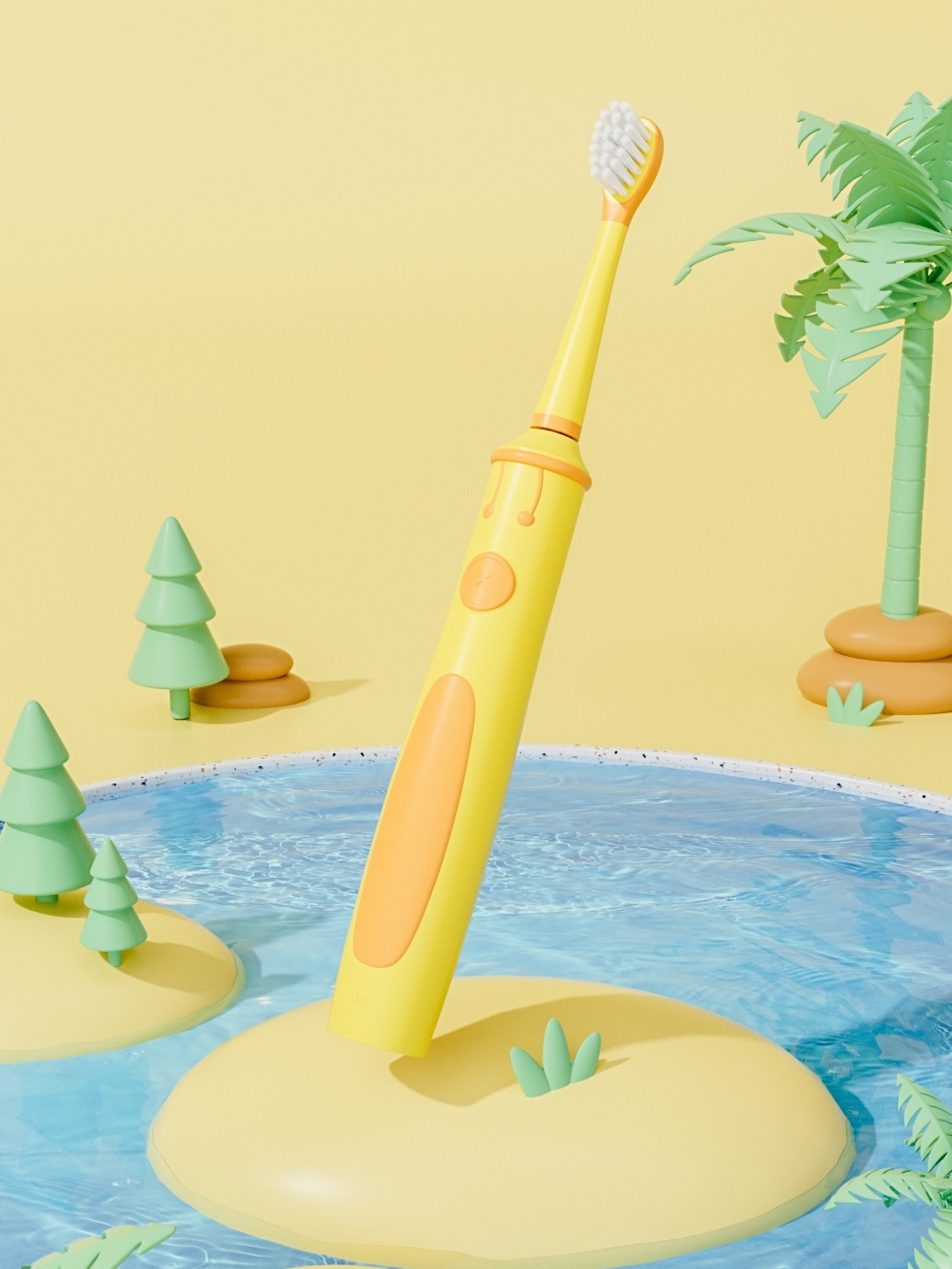
Top Chicago-Based Kids’ Electric Toothbrush Manufacturers for Safe & Fun Designs
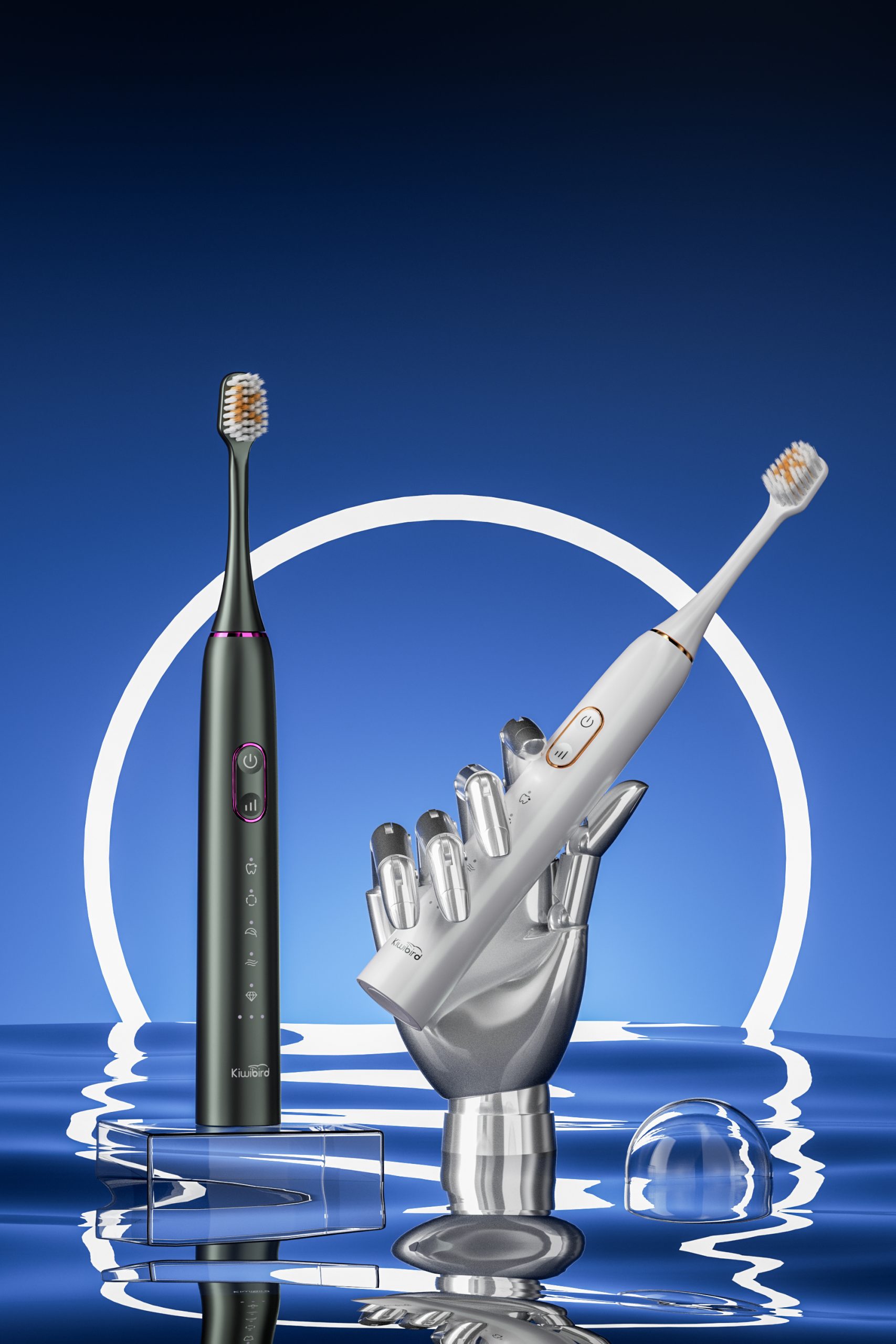
Why a College essential toothbrush tops Student oral care lists
Electric Toothbrush Reseller Program Wholesale | Global Distributor Partner
.jpg)
Chicago dental toothbrush broken? Fast Chicago downtown repair options
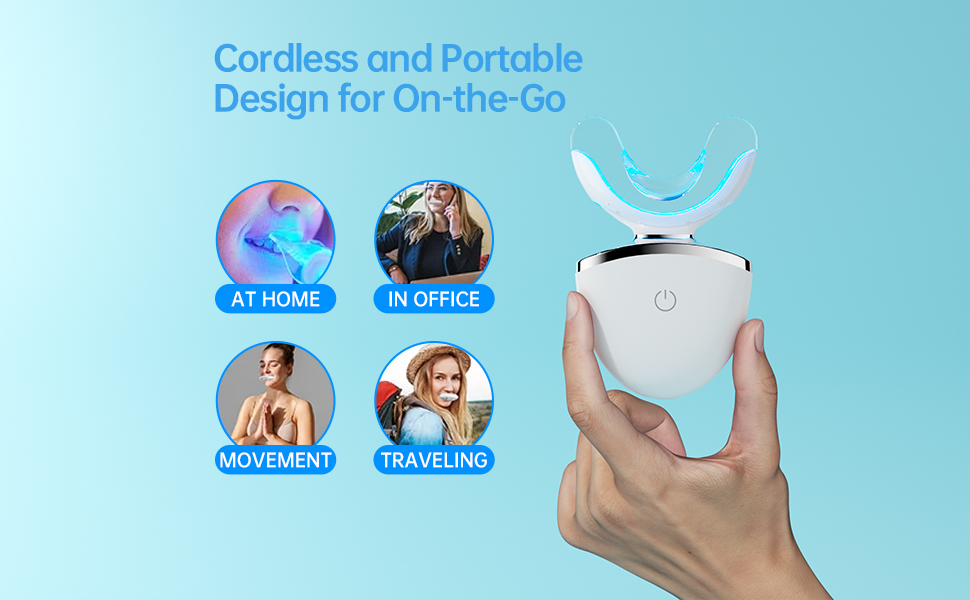
How Often Should I Use a LED Teeth Whitening Light? A Manufacturer’s Guide
.jpg)
Water Flosser competitive Features That Cause Premium Pricing: What Brands Should Look For in Manufacturing
Pulse Instability plus Enamel Erosion – Linked?
Water Flosser Energy Saving & Batch Tracking: Enhancing Efficiency and Quality Control

Cutting-edge tech makes us apart from other electric toothbrush manufacturers
Is the cowboy style brush the ultimate symbol of Texas pride brush?

Can a Wireless Charging Toothbrush OEM Produce FDA Approved Electric Toothbrush Models Efficiently?

How Long Will It Take to See Results with the LED Teeth Whitening Device?
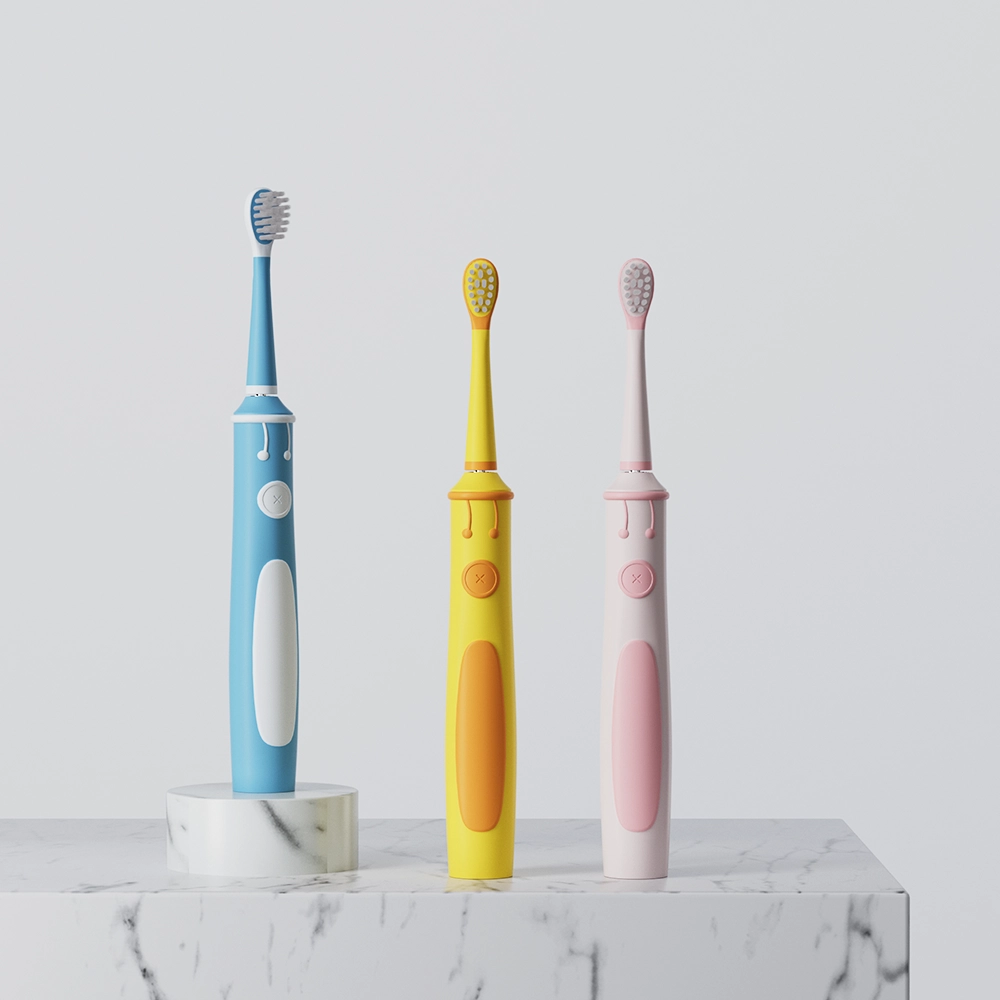
Does Children’s Cavity Prevention Brush Have App Connectivity Flaws?
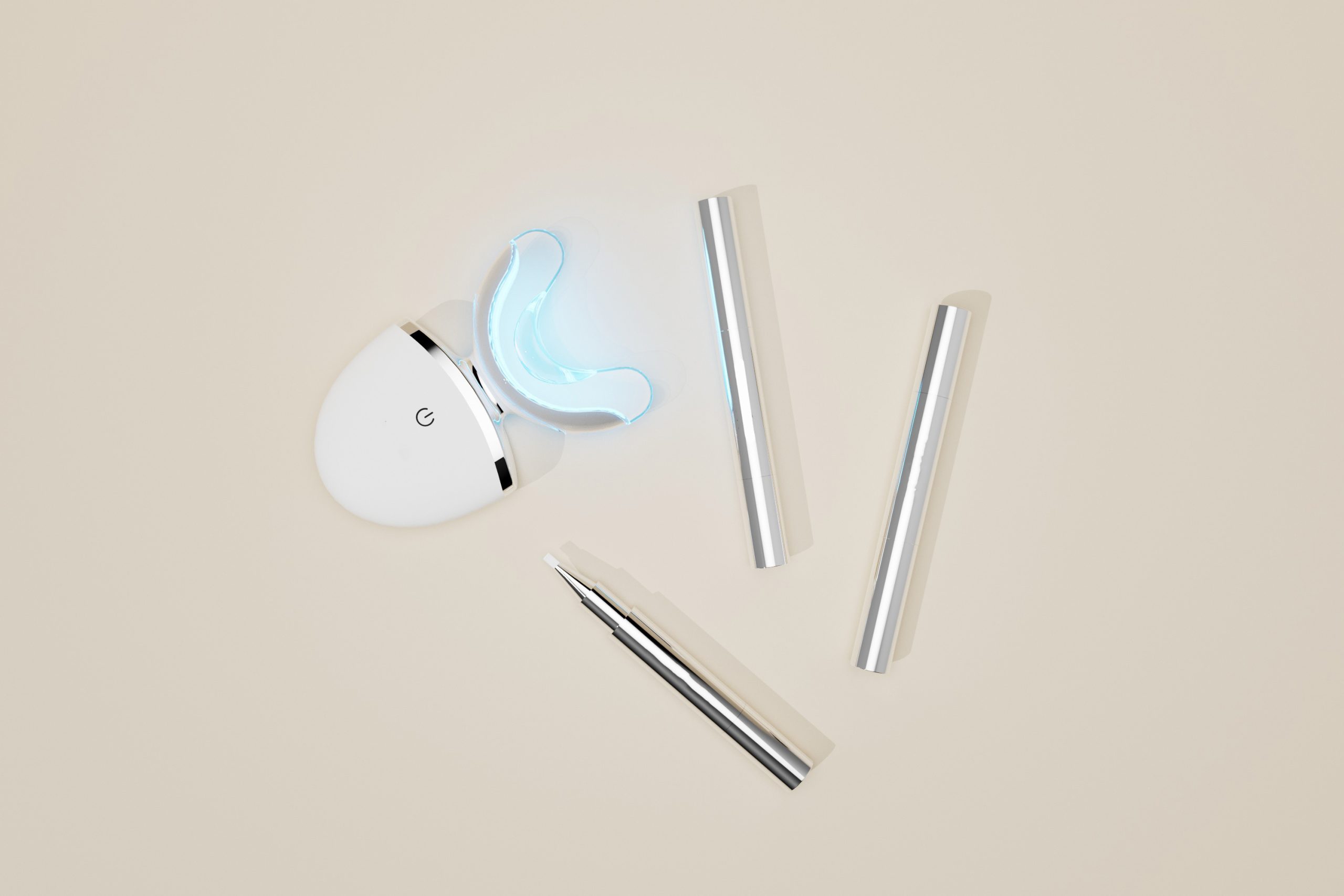
Discover the Latest Wonders of Teeth Whitening Kit
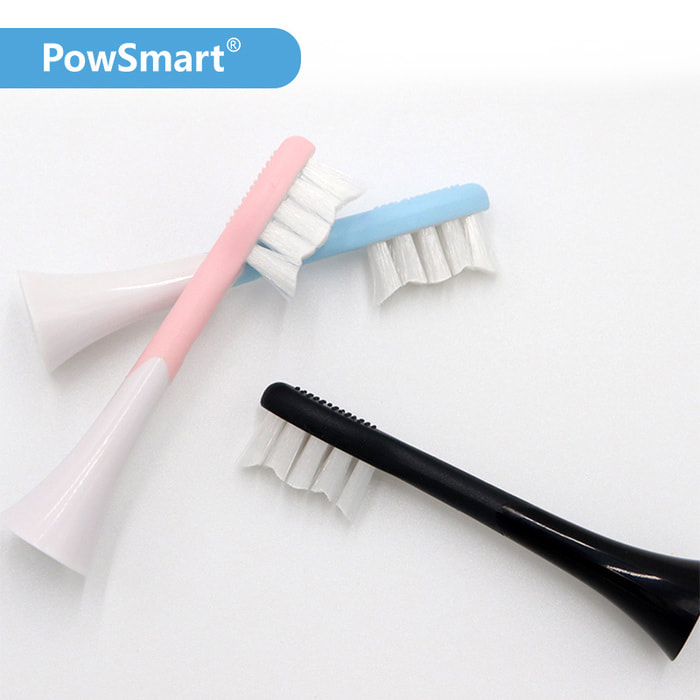
electric toothbrush heads Ultra Soft
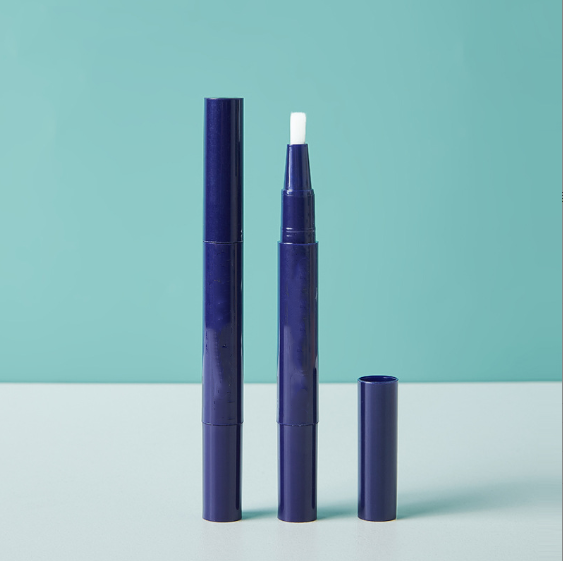
Private Label Whitening Gel
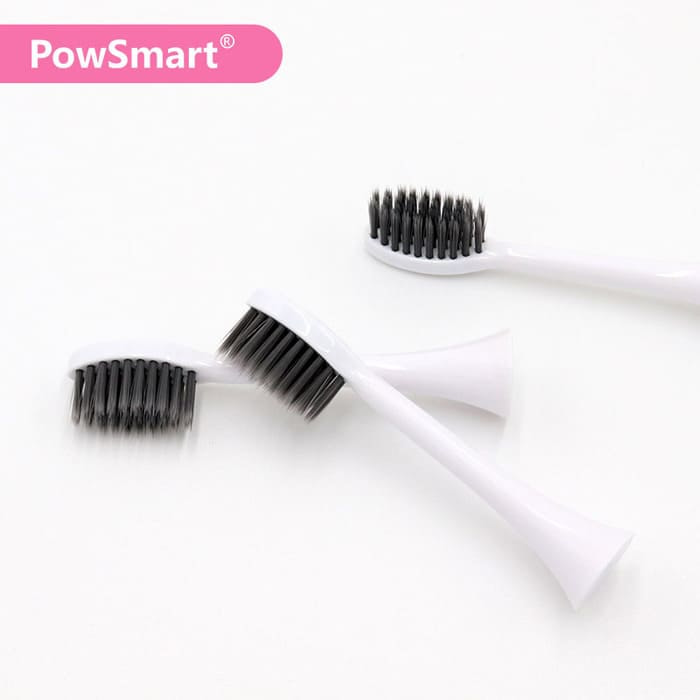
electric toothbrush heads Charcoal Infuse-Round
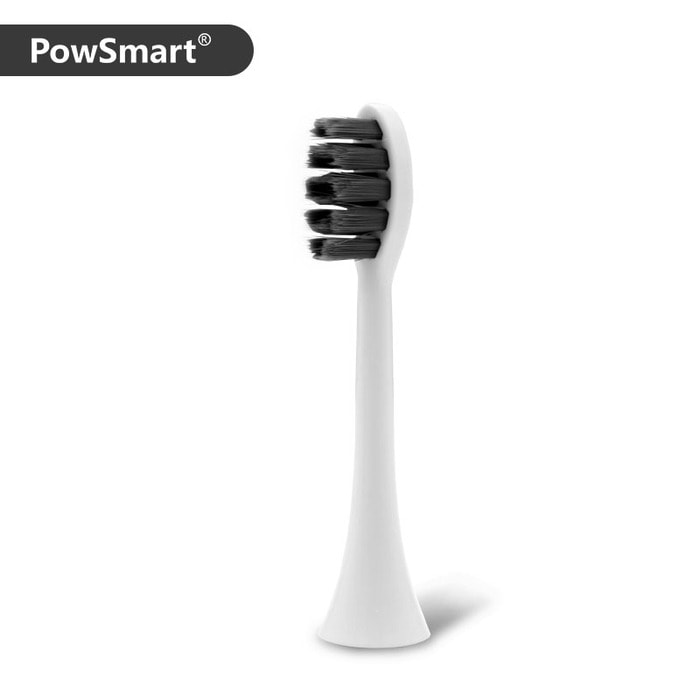
Electric toothbrush heads Charcoal Infused-Diamond
.jpg)
Florida Electric Toothbrush – Powsmart PTR-C8
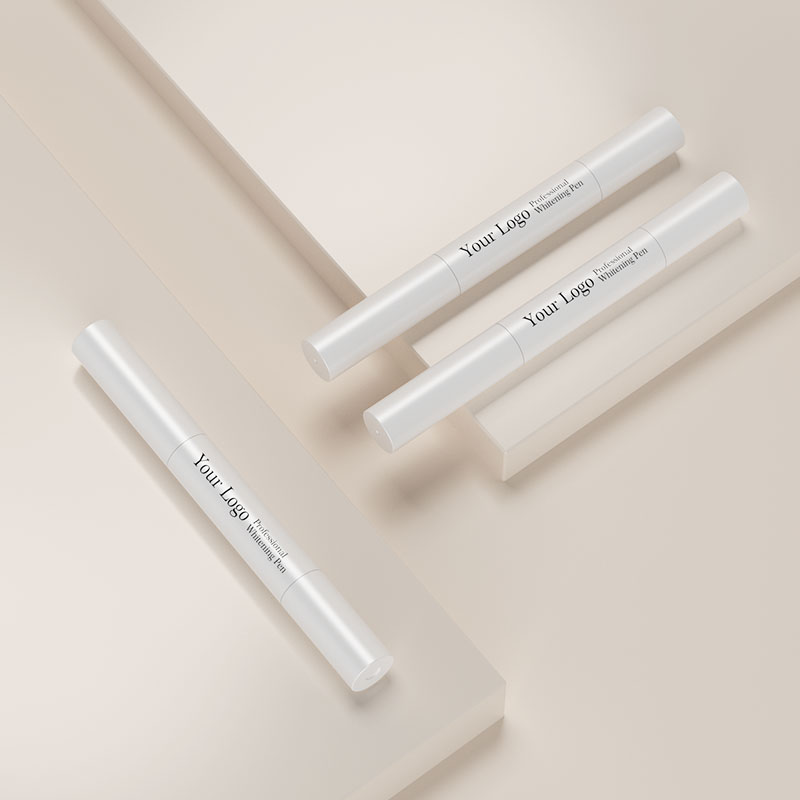
Customization Teeth Whitening Gel
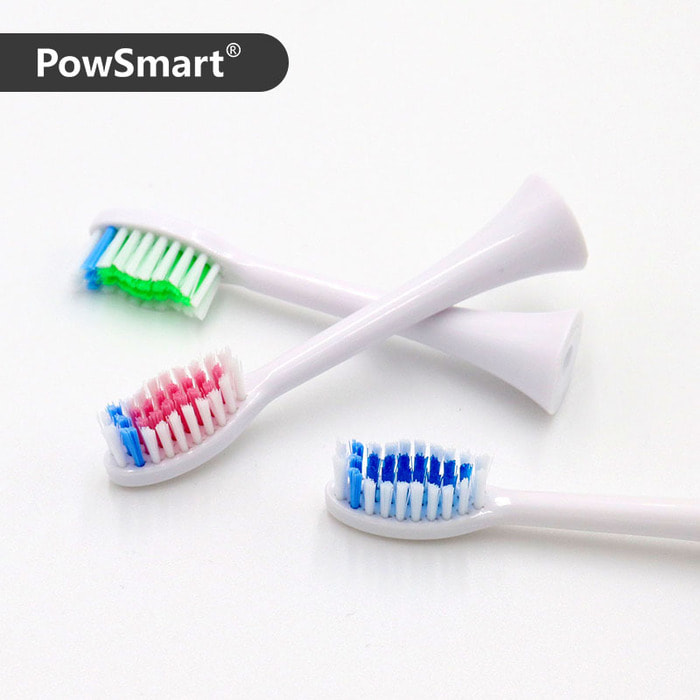
electric toothbrush heads Regular Clean
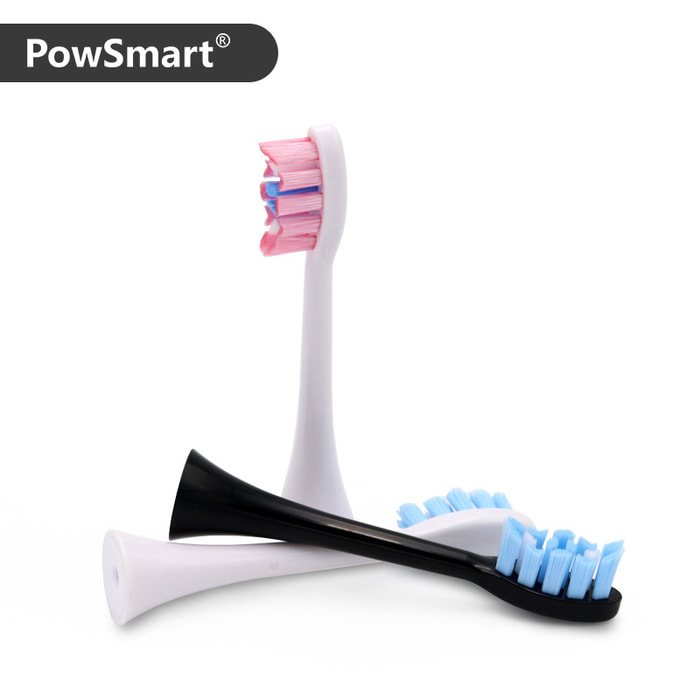
electric toothbrush heads Deep Clean
whstapp
whstapp
National Toll-Free Service Hotline
+86 755 86238638